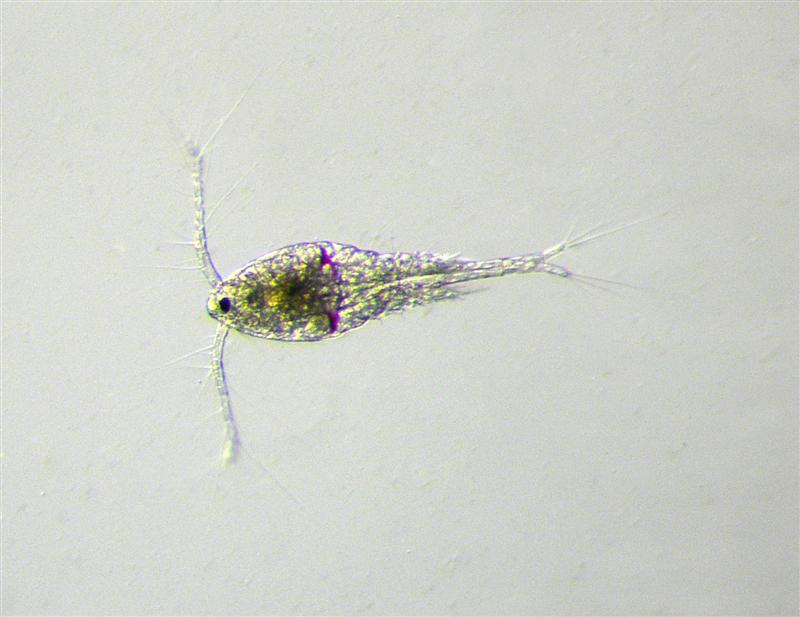
Oithona davisae Ferrari F.D. & Orsi, 1984
They are small zooplankton,with a body form oval with sharply pointed rostrum, visible under a stereoscope.
Kourkoutmani, P., Loufi, K., Kalantaridou, G., Karagianni, A., & Michaloudi, E. (2023). Spatio-temporal variation of the invasive copepod Oithona davisae in the zooplankton community of Kavala harbour. Mediterranean Marine Science, 24 (1), pp. 174–181. https://doi.org/10.12681/mms.32127
2017
UNA, TS
It is a pelagic organism, that mainly occurs in the upper layers of the water column. Yet, in the north-eastern, north-western and western Black Sea where it is invasive, it can be found up to 1000 m deep.They are gonochoric. Cyclopoid copepods have four major life phases: egg, nauplii, copepodites and adult. They are mainly feeding on small flagellates and microzooplankton.
It successfully competes other even larger copepod species. Nevertheless the impacts on the zooplankton community diversity are not very well known. In addition, small copepods are considered to be a suitable prey for the early fish larvae of numerous species. This could favor the fish stocks, yet such impacts have not been recorded yet.
Small copepods are considered to be a suitable prey for the early fish larvae of numerous species. Yet, how this affects the fisheries catches is still unknown.
No
No
Records of Oithona davisae
Sites where Oithona davisae has been recorded in the Hellenic Seas.

